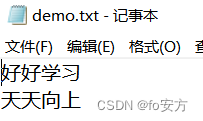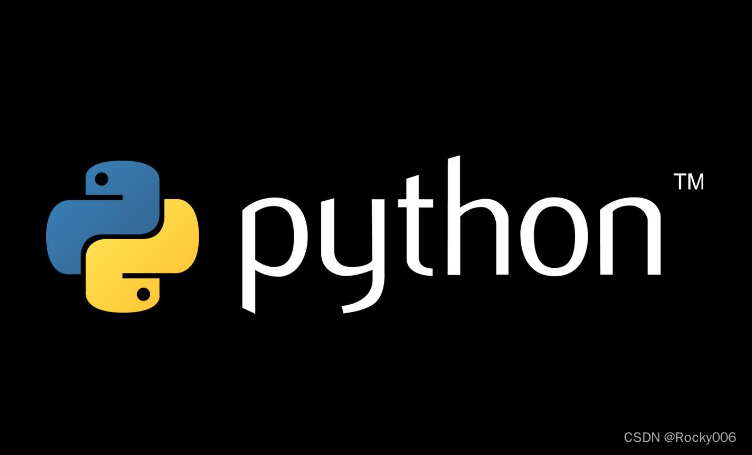本文介绍: □ 安装完 speech_recognition 之后是不支持中文的,需要在 Sphinx 语音识别工具包里 面 下 载 对 应 的 普 通 话 升 学 和 语 言 模 型。使用名为 pyttsx 的 python 包,你可以将文本转换为语音。语音识别技术,也被称为自动语音识别,目标是以电脑自动将人类的语音内容转换为相 应的文字和文字转换为语音。使用 SpeechLib,可以从文本文件中获取输入,再将其转换为语音。在 python 中,你也可以使用 SAPI 来做文本到语音的转换。
理论
语音识别技术,也被称为自动语音识别,目标是以电脑自动将人类的语音内容转换为相 应的文字和文字转换为语音。
文本转换为语音
使用 pyttsx
使用名为 pyttsx 的 python 包,你可以将文本转换为语音。直接使用 pip 就可以进行安装, 命令如下:
【示例】使用 pyttsx 实现文本转换语音
使用 SAPI
在 python 中,你也可以使用 SAPI 来做文本到语音的转换。
【示例】使用 SAPI 实现文本转换语音
使用 SpeechLib
语音转换为文本
代码和效果
01使用pyttsx实现文本_语音
02使用SAPI实现文本_语音
03使用SpeechLib实现文本_语音
04使用PocketSphinx实现语音转换文本
声明:本站所有文章,如无特殊说明或标注,均为本站原创发布。任何个人或组织,在未征得本站同意时,禁止复制、盗用、采集、发布本站内容到任何网站、书籍等各类媒体平台。如若本站内容侵犯了原著者的合法权益,可联系我们进行处理。















